Japan, the land of traditions. So you're visiting Japan and are ready for an amazing trip, but after all the stories about polite Japanese people you become a bit worried.... What is okay to do and what isn't? What should you avoid doing when eating? In this blog I will tell you about the most important things to take into account when visiting Japan. I've asked my Japanese friends for advice so that I wouldn't miss a thing, so here we go!
Eating
1. Don't stick your chopsticks (straight) in a bowl of rice while taking a break from eating
This is one of the most common things foreigners do (and I do it myself at home sometimes as well). Although it is very easy to just stick your chopstick into the rice, please try to avoid it! The name for this is tsukitate-bashi. At funerals a bowl of rice is placed at an altar with chopsticks in the standing up straight in the center. Therefore it's very impolite to do this at any other occasion since it will remind Japanese people of funerals.
2. Don't pass on food from chopsticks to chopsticks
This is another funeral related tradition. However, at funerals it is not the food which is passed on, but the bones of the cremated deceased person.
3. Tips are not necessary
Although things are changing in Japan, giving tips is still an uncommon practice. At some smaller bars and where young people work (for example at hostels), tipping sometimes happens, but usually at the normal Japanese bars and restaurants tipping is absolutely not necessary. People simply just don't do it, so by not tipping you can avoid uncomfortable situations.
4. Paying the bill at the counter
Not really something that has to do with impoliteness, but more of a tip I'd like to give you. Often when going for dinner somewhere, you'll get the receipt at the table. Since in the Netherlands you almost always pay at the table I made the mistake of waiting or asking if you can pay but then being directed to the counter at the entrance. In Japan, you just take your receipt and walk to the counter to pay. Nowadays it's a practice I try to do in the Netherlands as well. It saves time waiting and is quite convenient actually!
Of course, these are only the most important things. If you want to know more about dining etiquette, check out this page for example: https://www.japan-guide.com/e/e2005.html
In public
1. Don't be loud!
Japanese are very calm and quiet people. They generally talk in this way too. Even though we, the Dutch, and many other cultures are used to speaking more loudly, it can be considered very rude in Japan. Of course it is difficult to talk in a more quiet way, especially if you're enthusiastic about all the awesome things you're experiencing, but try to be aware of the way you and your friends are talking, especially in public places like the subway, restaurants, etc.
2. Don't eat or call while in public transport
Eating or calling over the cellphone should definitely be avoided when in public transport. While eating is generally alright on the shinkansen or long bus rides (try to avoid smelly food or food that makes a lot of noise though), it is not okay to eat on the subway. The same is true for making phonecalls, although I feel like these should be avoided in all kinds of public transport.
3. Wearing a (surgical) mask
Although it might feel weird to you, it is very normal and considered polite to wear a mask in Japan when you're feeling sick. In the hard-working society this can be a way to still come to work without putting co-workers at risk of becoming sick too. However, the mask can also be used to prevent yourself from becoming sick. If you want to know more about these surgical masks and why people wear them, check out this article: https://japantoday.com/category/features/lifestyle/why-do-japanese-people-wear-surgical-masks-its-not-always-for-health-reasons .
4. Responding to irrashaimase
Okay, to be fair, this doesn't really have to do with politeness or etiquette I believe, it's more of a funny addittion. When I was in Japan I went shopping sometimes (doh...!) and I was always greeted by several shop employees calling irrashaimaseeeee, which means something like "can I help you" although it is just meant in a welcoming way. It took me weeks to figure out how to respond to this. Although I'm a bit ashamed to say this, the first couple of times I just responded by saying Irrashaimase back to the shop employees which means that I was responding to a loud "Welcomeeeee" by saying "Welcomeeee" haha. Then I thought maybe to say Arigatou, which means thank you. But after observing other people in the shop I realised it is perfectly normal to say nothing at all! Just let the people welcome you like they welcome everyone and continue your shopping like nothing has happened :)
Conversations/Visiting a Japanese person
1. Take off your shoes before entering someone´s house
This is very important. Keeping on your shoes is a definite no-go. Houses are kept very clean, so shoes don´t belong there. This rule is also important for temples, in many changing rooms in shops, or in more traditional restaurants. A way to know whether you should take off your shoes is buy looking around. If you see a small elevation in the floor with for example tatami, you should definitely take off your shoes, if you see pairs of shoes without there owners, that could be an indicator too ;) but usually the elevation in the floor is the main cue.
2. Use "name"-san when talking to someone
When you meet someone and adress this person, or adress another person when talking about him/her, use the honorific -san. This is the most commonly used, so also the most safe one to use. There are other ones like -chan and -kun for close friends or family, or -senpai/-kohai for colleagues or fellow students. However, -san is used in a way like Sir/Madam and therefore a polite way to address anyone new. Using -san is also the easiest way since it's used for both men and women. Therefore, really try to use it. The Japanese have many many honorifics for all kinds of relationships, so not using one is quite strange and I think kind of implies that you both are totally equal. -san provides the safest option for avoiding this. Never introduce yourself with the honorific -san though! To use -san, you simply put it behind someones last name, however once you get a little bit more familiar, it is fine to use it with the first name as well. So, for example, Löwenhardt-san or Hannah-san are both fine.
3. Try to avoid sarcasm
This is really something I experienced first-hand. I'm used to being sarcastic since it's quite a common practice in the Netherlands, however in Japan being sarcastic can totally be taken the wrong way. Japanese friends please correct me if I'm wrong, but I believe there is not such a thing as sarcasm in Japanese language. Therefore really be careful with making sarcastic jokes for example. I have offended people in this way because they took it seriously, which really wasn't my intention. Luckily I was able to explain it, but it's better to avoid these situations in any case.
Onsen etiquette
1. Always wash yourself properly
The most important things when visiting an onsen is to really really wash yourself before going in. These bath houses are kept as clean as possible, by the owners and the visitors. When you go into a bath house, it is obligatory I would say to first spend some time washing yourself. Not just 2 or 3 minutes, but really for at least 5-10 minutes. Wash every part of your body and if you have long hair, tie it up. It is perfectly normal to bring soap, towels, shampoo, a toothbrush or other things with you to clean yourself.
2. Be aware of the rules for tattoos
Tattoos are still a taboo in Japan unfortunately, do to their association with the Yakuza (Japanese maffia). Onsen are one of the most traditional places and I think especially because of that and because of the nakedness still very strict in their tattoo rules. Nowadays there are some onsen which you can enter with tattoos, however, be aware that in most you can't so you'll probably have to ask or read the signs before going in to avoid any uncomfortable situations.
3. Go in naked
Yes, just do it! It's an onsen, and the best way to experience this, and probably even the only way, is to go in naked! Nothing to worry about, the (wo)men there are used to being there and seeing each other naked. It maybe takes some time to get used to, but just focus on the bath and on being there, not on possible thoughts in your head. Going in with bathing clothes really doesn't happen, maybe at some very big 'onsen' or spa houses, but there you won't get the proper traditional experience.
Well, these are in my opinion and my friend Yusuke's (see picture below!) opinion the most important things you should no when visiting Japan. Don't stress, however, people are super nice and friendly and if you do make a little mistake you always have you foreign looks to make up for them so you will be forgiven!
Cheers,
Hannah


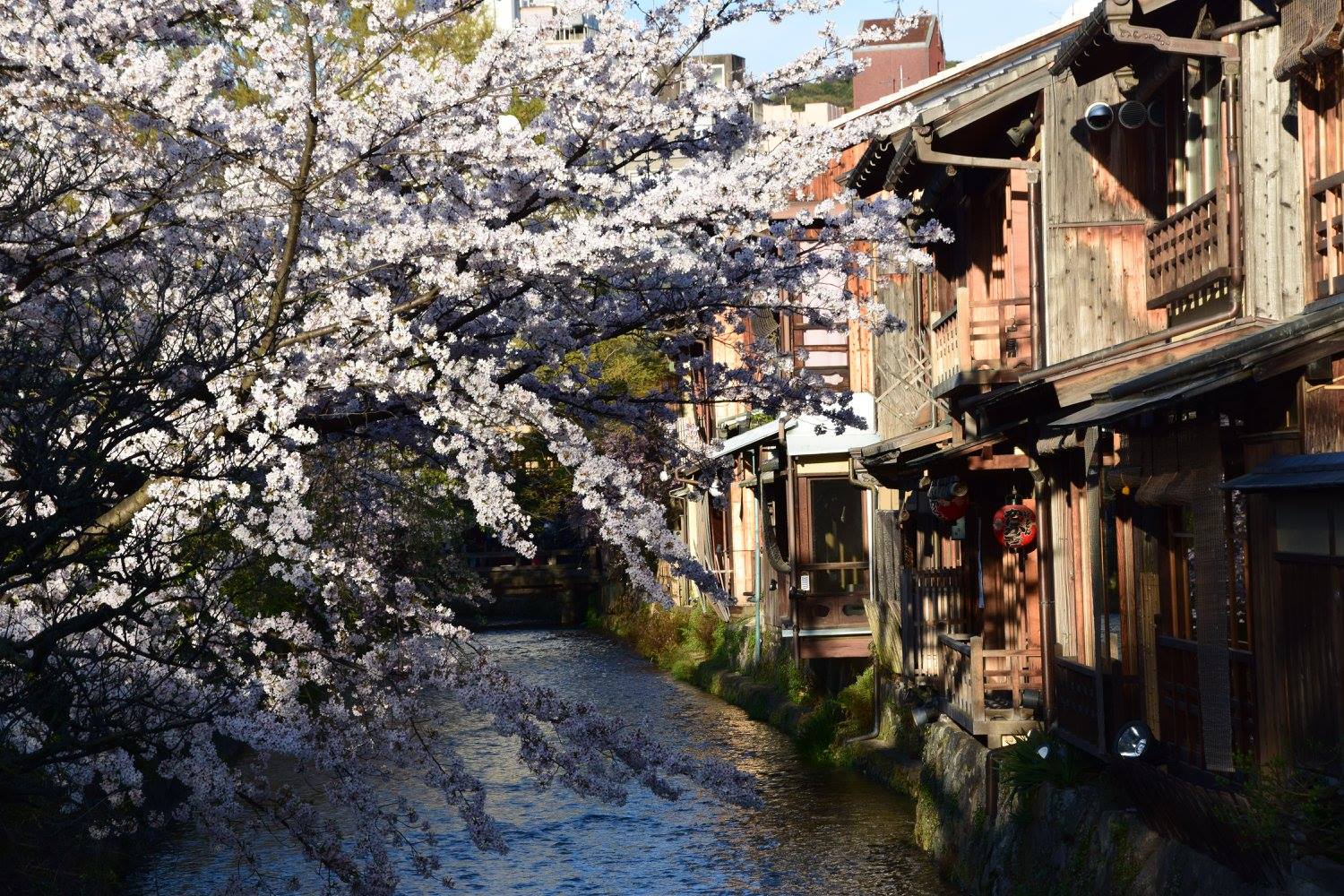
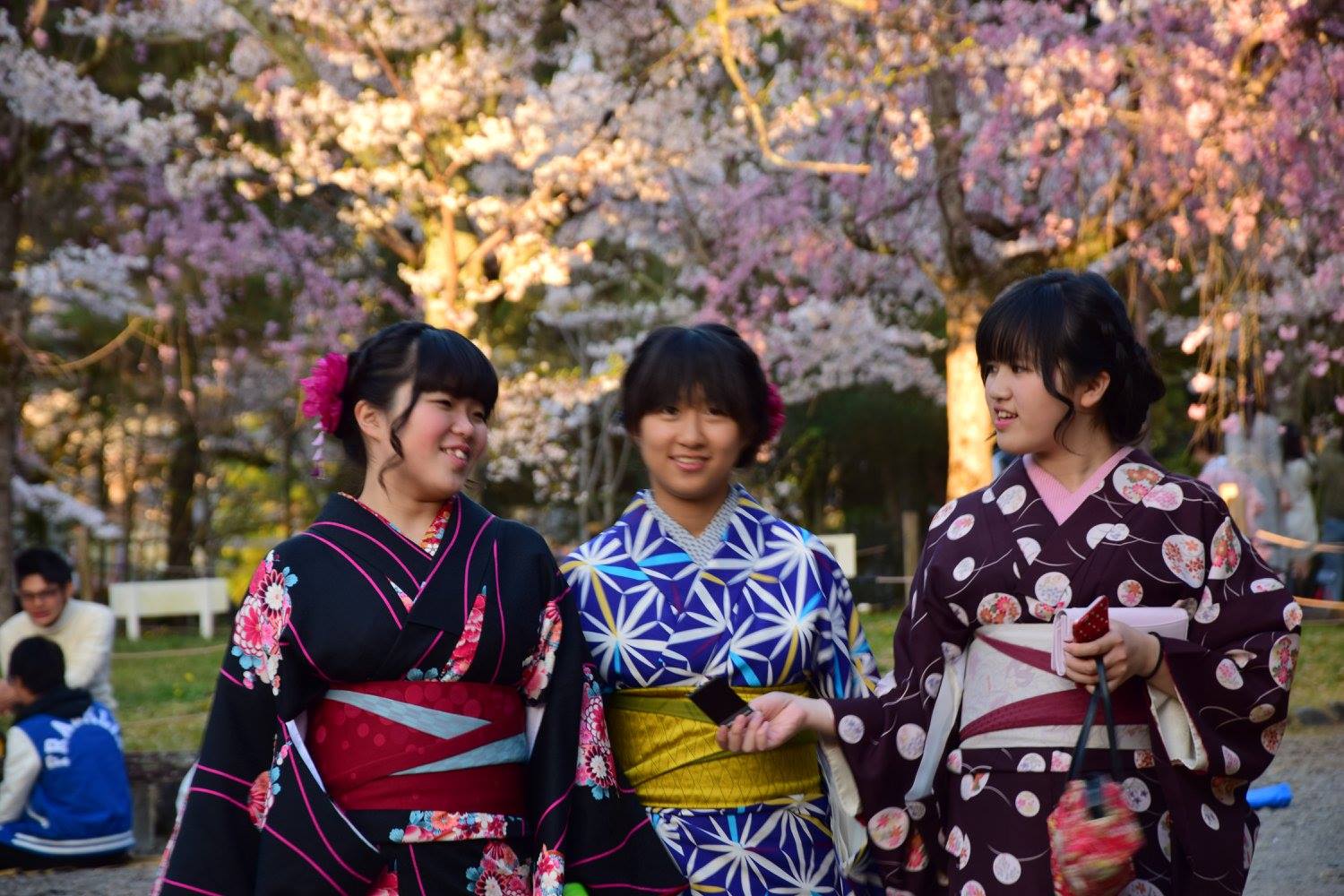
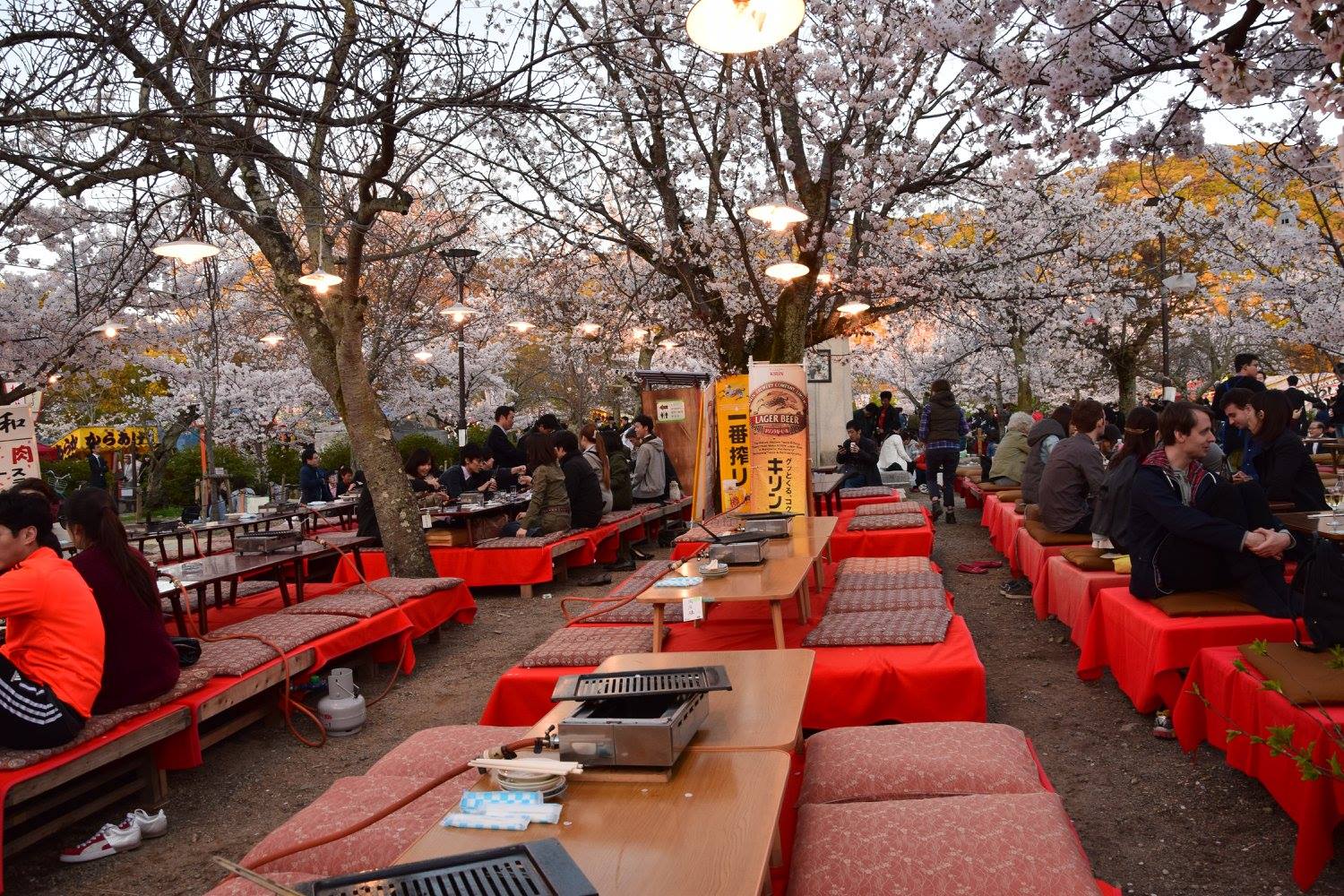
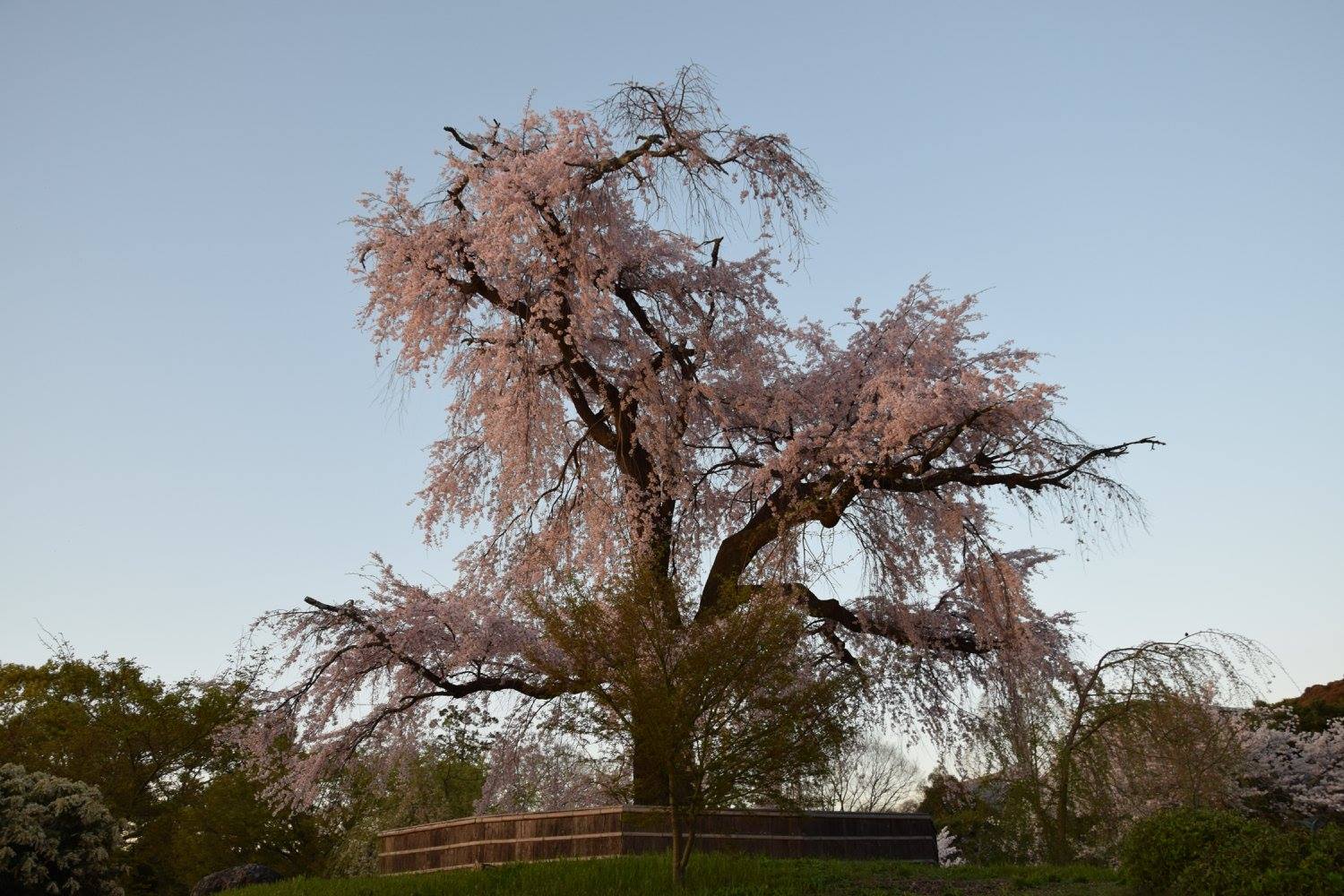



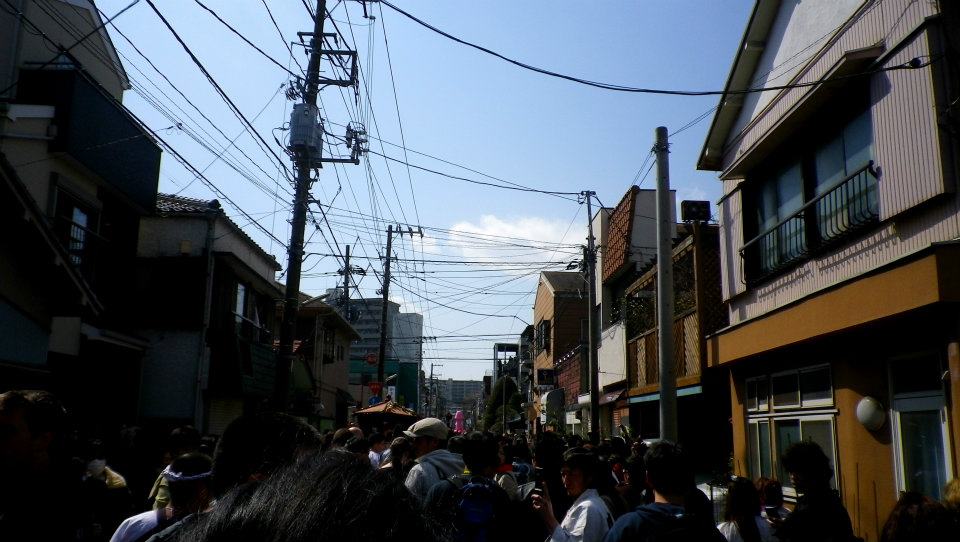
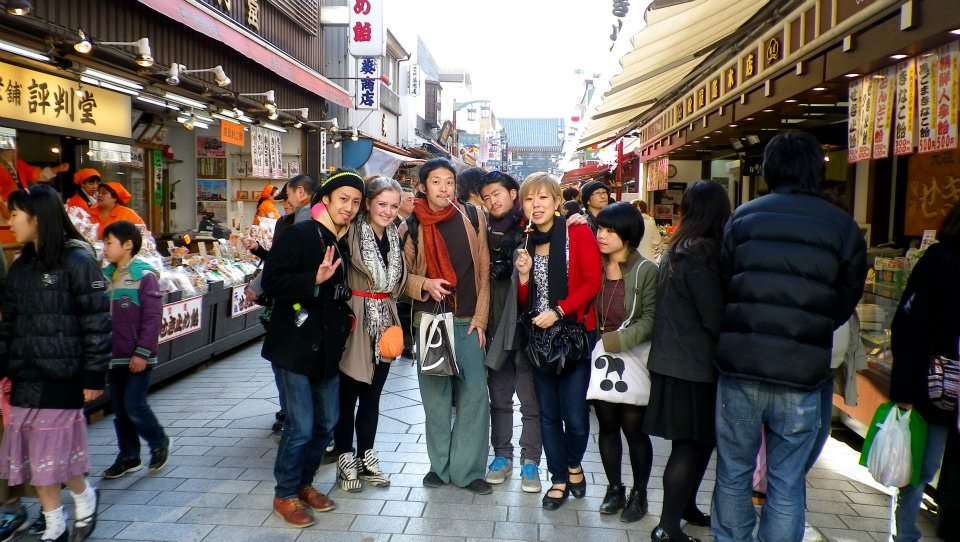







Add new contribution